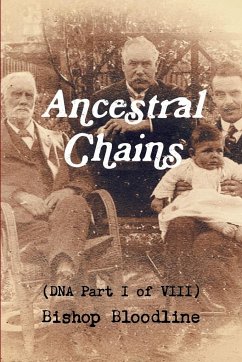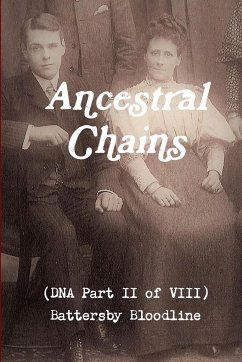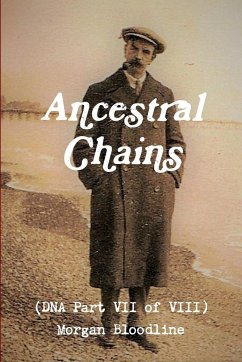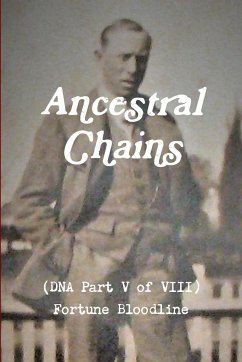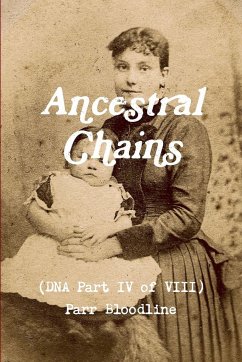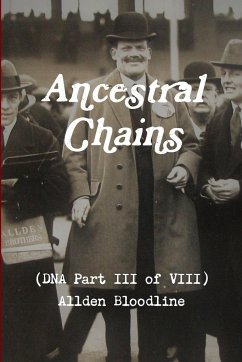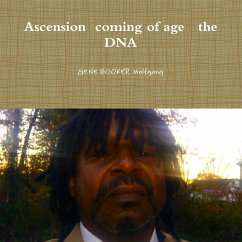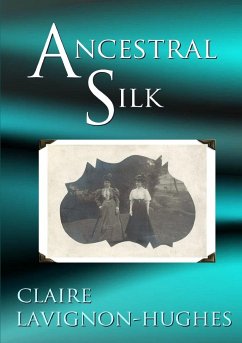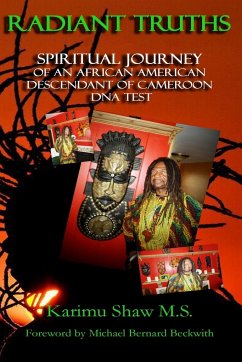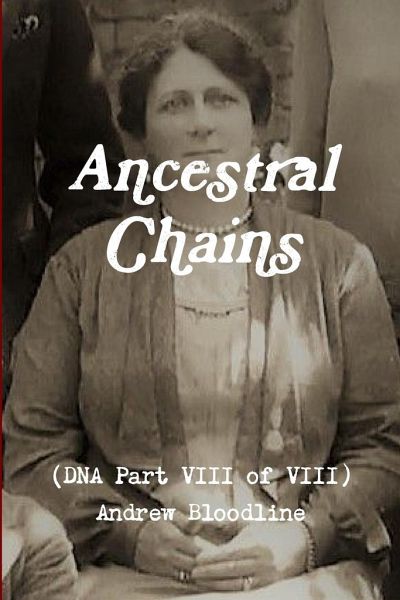
Ancestral Chains (DNA Part VIII of VIII) Andrew Bloodline
Versandkostenfrei!
Versandfertig in 1-2 Wochen
40,99 €
inkl. MwSt.

PAYBACK Punkte
20 °P sammeln!
An ancestral trail through two English counties inhabited by everyday, church-going country folk. Great-grandmother Mary Brewer Andrew was to grow up in a sheltered Cornish village founded by a Welsh saint, but fate found her transported across the country to Suffolk, where she was to find the man of her dreams and start an idyllic family. Life was good and prosperous as a butcher's wife, the only real tragedy being in WWII with the loss of her youngest child. Yet her own childhood and ancestry tell a tale of death and hardship. Pealing back the pages of the lives of her immediate parents' fam...
An ancestral trail through two English counties inhabited by everyday, church-going country folk. Great-grandmother Mary Brewer Andrew was to grow up in a sheltered Cornish village founded by a Welsh saint, but fate found her transported across the country to Suffolk, where she was to find the man of her dreams and start an idyllic family. Life was good and prosperous as a butcher's wife, the only real tragedy being in WWII with the loss of her youngest child. Yet her own childhood and ancestry tell a tale of death and hardship. Pealing back the pages of the lives of her immediate parents' family, who were agricultural labourers, is a story unto itself. Some ancestors did run successful businesses though. They were millers; but even millers can fall foul of the law, which has necessitated a detailed look into the life inside the notorious Bodmin jail. Chilling though its stories are, the place is now a museum, a skylight looking down into how things should not have been, but how history & karma affect us all.





